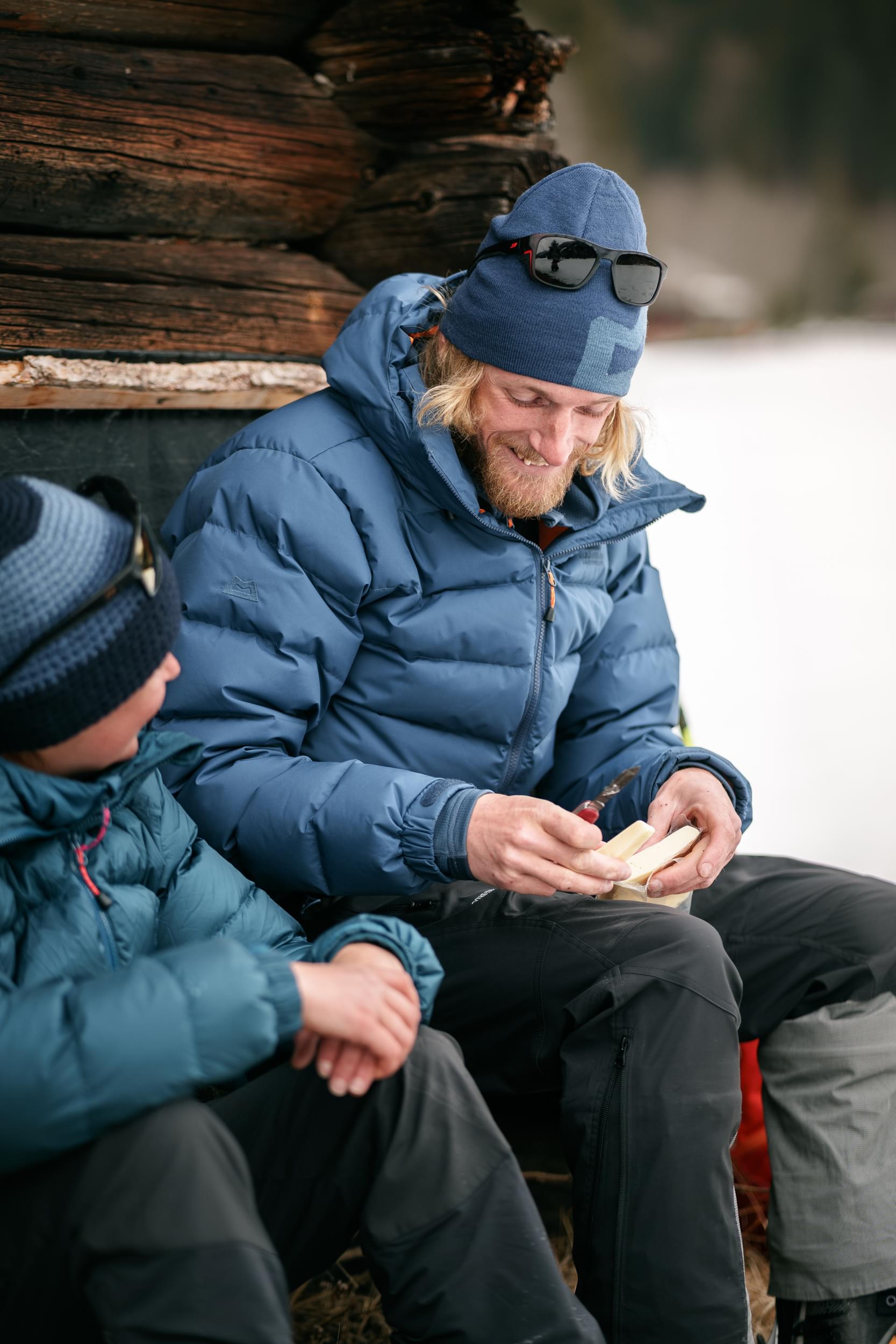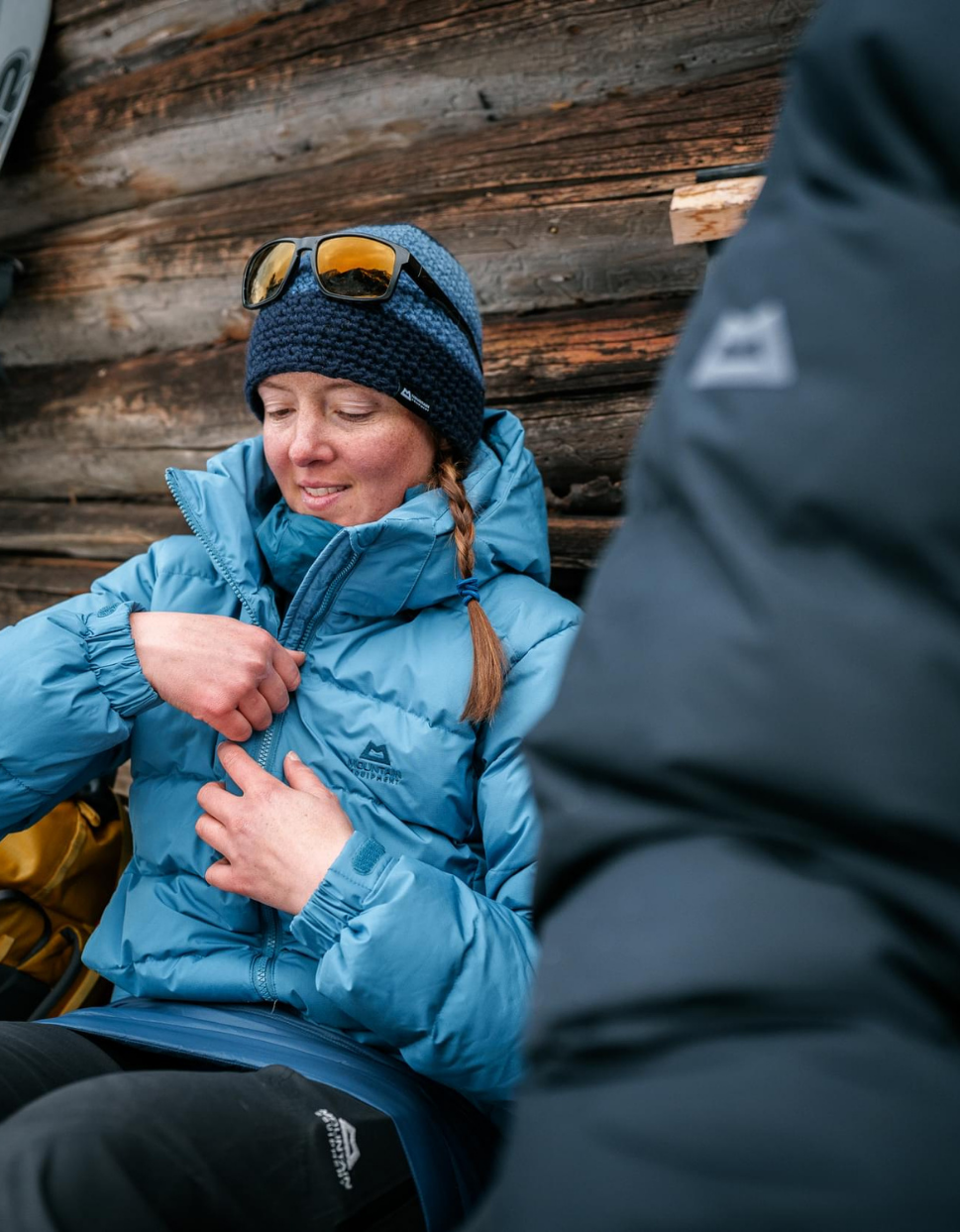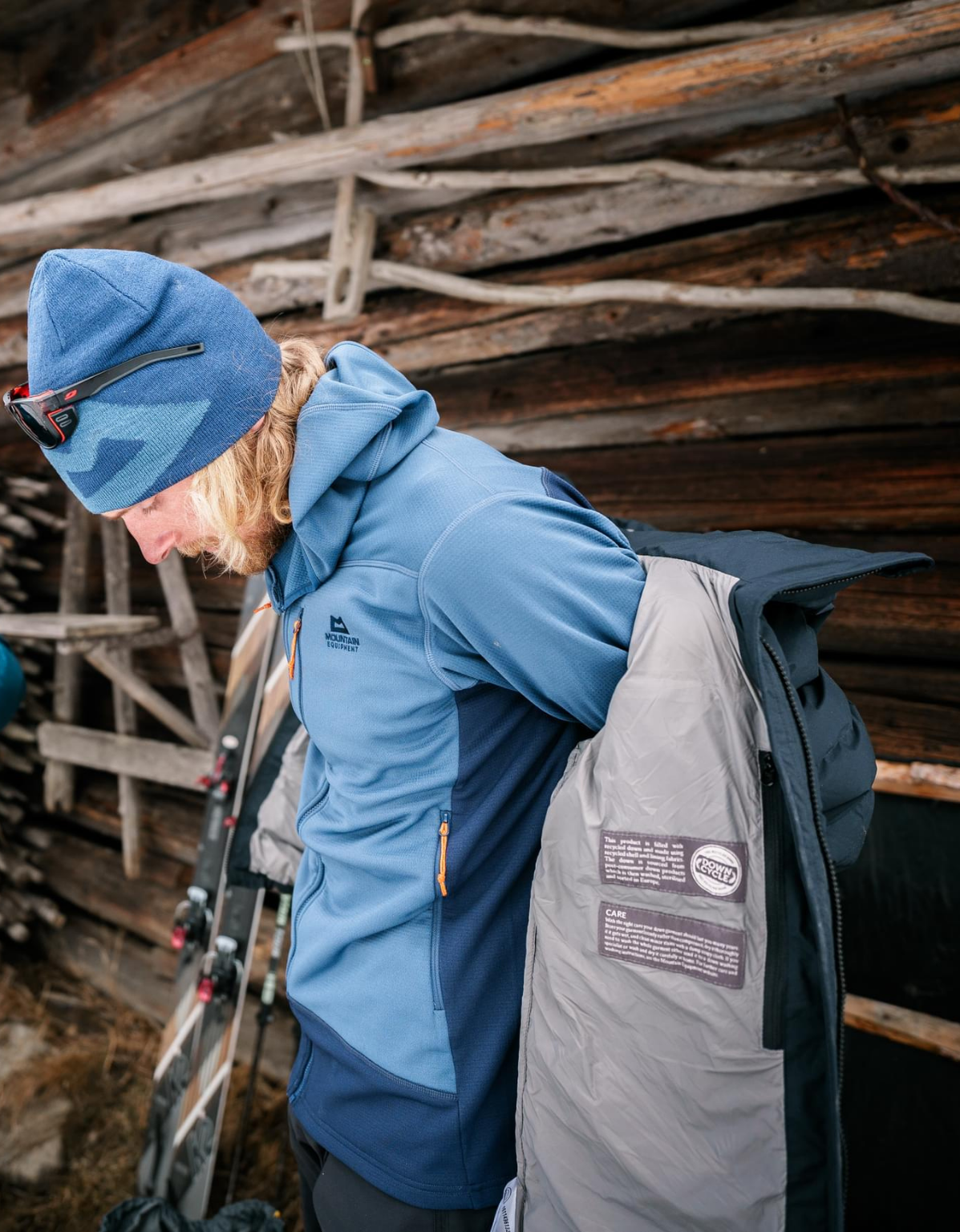10 Years of DOWN CODEX®: Risk Management in the Supply Chain. Pt2.
- Responsibility

Starting at Basecamp: The Down Industry in 2010
In 2010, the down industry was safely ensconced in basecamp, where it had been for about a hundred years. It was comfortable, its sales were growing steadily, and everyone thought they knew where they stood. The problem was, most outdoor brands buying and selling thousands or tens of thousands of down products every year couldn’t tell you much about where their down came from.
They could tell you the fill power, whether it were from a goose or duck, and about the colour of their down. They might be able to tell you the country of origin, but that would be the limit when it came to traceability. Brands bought their down from a down wholesaler - the equivalent of buying from Costco or another large retailer - and that was as much as most brands knew. Few brands knew much about the farms they were buying from, how many farms supplied their ducks and geese, about the welfare conditions on those farms and in the slaughterhouses, about the transport methods used… there were a huge pile of unanswered questions which could only be addressed once we’d agreed to leave the security of basecamp.

Setting out
Brands weren’t being deliberately obtuse in their dealings with the down industry. It just seemed to be incredibly complicated, a mass of jumbled blocks, moving scree and with the occasional looming serac parked overhead. But we set out all the same, and what we found was just as complex as we’d feared. The problem was, a typical down supply chain just didn’t seem to exist. When buying fabric it’s usually relatively simple: you speak to the supplier, you place your order, and their mills make the fabric for you. You might have to consider dyeing and finishing, or proof of origin for things like recycled materials, but generally speaking it’s relatively straightforward. With down it’s not like that.
Here are two supply chains, one of which is closely modelled on a supply chain which we currently use (fig. 1) , and the other is not atypical of many down supply chains around the world (fig. 2).

One thing that was not really fully understood ten years, or more, ago was just how complex and varied down supply chains were. As you can see, it’s not simply a case of establishing how you get your down from one wholesaler and then that model being the same for all.
Furthermore the process was more complicated than simply establishing how you get your down – you need to be able to verify that what you are being told is actually true and that is where accountability and supply chain verification becomes key; there has to be a paper trail. Once you have an idea of how your supply chain is mapped out, you must then try to establish how much paperwork is available to prove that the down comes from these places, and that it does so consistently. And then you move on to auditing and the welfare criteria that you demand from your suppliers, which is the subject of another blog.
Ten years after leaving basecamp we still haven’t reached the top. The summit shivers, it moves, and it may not even exist. The down industry remains a complex one and, while public awareness, welfare standards and traceability have improved in many parts of the industry, we are nowhere near the summit yet.

Down Codex® has influenced and been joined by many other down traceability and animal welfare policies. Perhaps duck and goose welfare is now taken for granted by the consumer? A ‘happy birds’ sticker is slapped on a product and everything is fine? The ethics of down production are not always simple, and it doesn’t take much research to realise that even if supply chains pass some of these welfare standards, not all of the practices that go on in them are perfect. But then we at Mountain Equipment are realists, and we are not perfect either. We accept that farming meat isn’t faultless, that it isn’t all free range and organic, and that compromises must sometimes be met. But when we left basecamp we weren’t going after the top, we were going for somewhere more substantial, somewhere to improve ourselves and learn something. Down Codex® has taught us a lot, and ultimately it’s that if you care and want to change something, then you can. Don’t aim for perfect or you’ll never leave basecamp, just aim for progress and see how far you can get.








